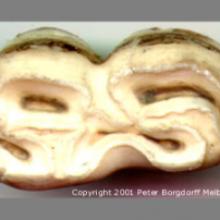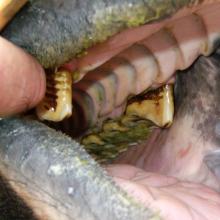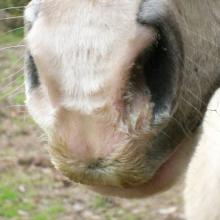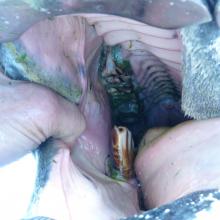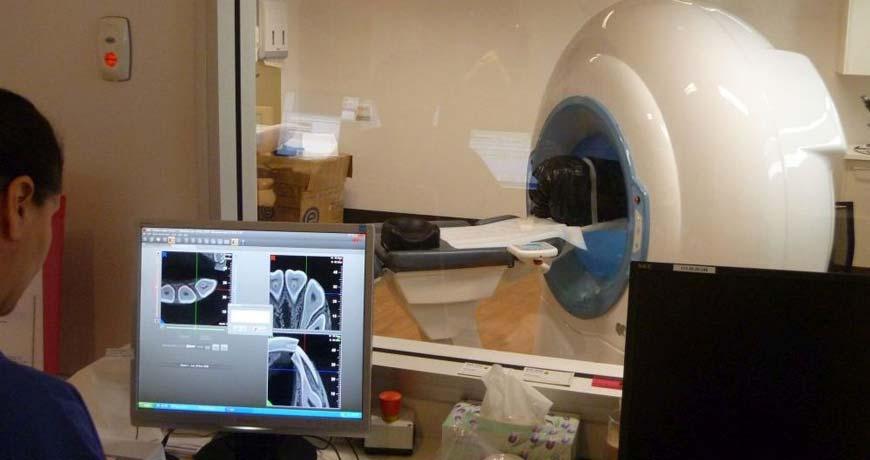
PAST RESEARCH
The most convenient way to access published research information is the free International Veterinary Information Service IVIS. You can obtain a wide selection of research papers by simply registering. We hope you value their good work, as we have.
The Australian Equine Dental Practice also initiated its own research project to be jointly conducted with Rachel McGarian (BSc Hons Equine Dental Science) of the United Kingdom to conduct large scale investigation in order to accurately describe the location of pulp canals in selected teeth of horses of different size, breed, gender and age. Rachel had already completed an Honours dissertation in 2010: "Investigation Into the Different Characteristics of the Number 6 Pulp Chamber of Equine Mandibular Second Premolar Teeth, in Relation to Age, Breed and Gender." Download a PDF of Rachel McGarian's dissertation here
CURRENT RESEARCH
Please send us information about your Honors, Masters or PhD research projects if you would like us to share it with other academics or the public. Contact Us
FUTURE RESEARCH
If you are enrolled in an institution and are contemplating a research project, it makes good sense to:
- Choose a research subject that will provide tangible benefits to equine health care.
- Team up with other researchers. Pool your resources so you can make your time and budget stretch further.
- Connect with your industry and your peers. Create a network to get material or feedback for your research project.
RESEARCH SUGGESTIONS
A research project that is broadly beneficial to the science and practice of equine dentistry will do much more for the well-being of our horses than mulling over rare conditions that have little prospect of being successfully addressed in the real world. These are some of our suggestions:
- Is minor overbite a significant factor in the development of multiple transverse ridges (aka serrated bite)?
- Can oral organisms associated with oral feed impaction lead to chronic diarrhoea?
- Pulp cavity or not? Determining the level to which the pulp cavity extends in the extended molar at different ages.
- Orthopaedic splints and their role in reconstructing the fractured anterior mandible in horses two years of age and younger.
- Do microscopic mineral particles in feed pellets lead to the increased occurrence of dental calculus?
- Genetic parrot mouth or trauma? How to distinguish different types of abnormal presentation of the anterior mandible.
- Laparoscopy of the rostral and caudal maxillary sinuses; Can it be routinely used?
- Can bite impressions provide a better diagnostic tool than visual and palpative assessment in order to assess occlusal integrity when modifying tooth structures?
- Lateral excursion test of the mandible: Is it bogus science?
- Does the full or partial correction of oblique incisor bite benefit masticatory efficiency?

